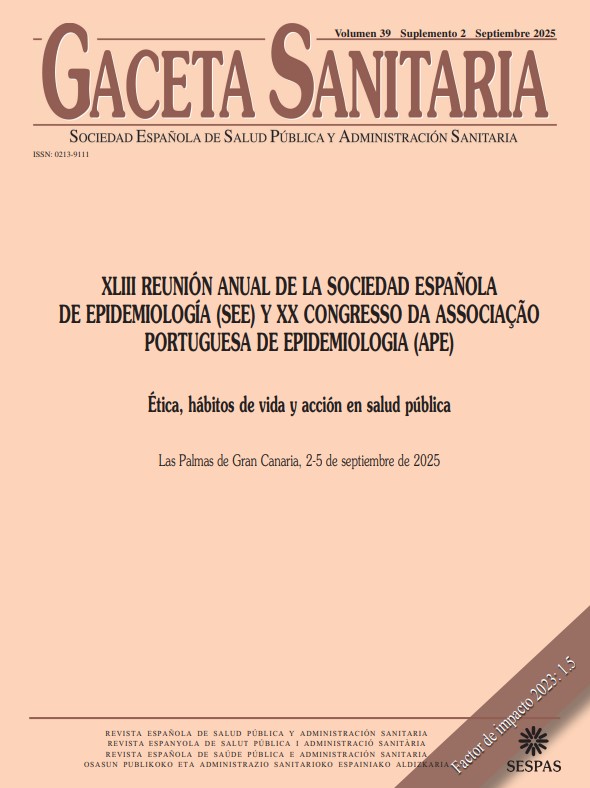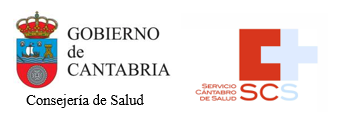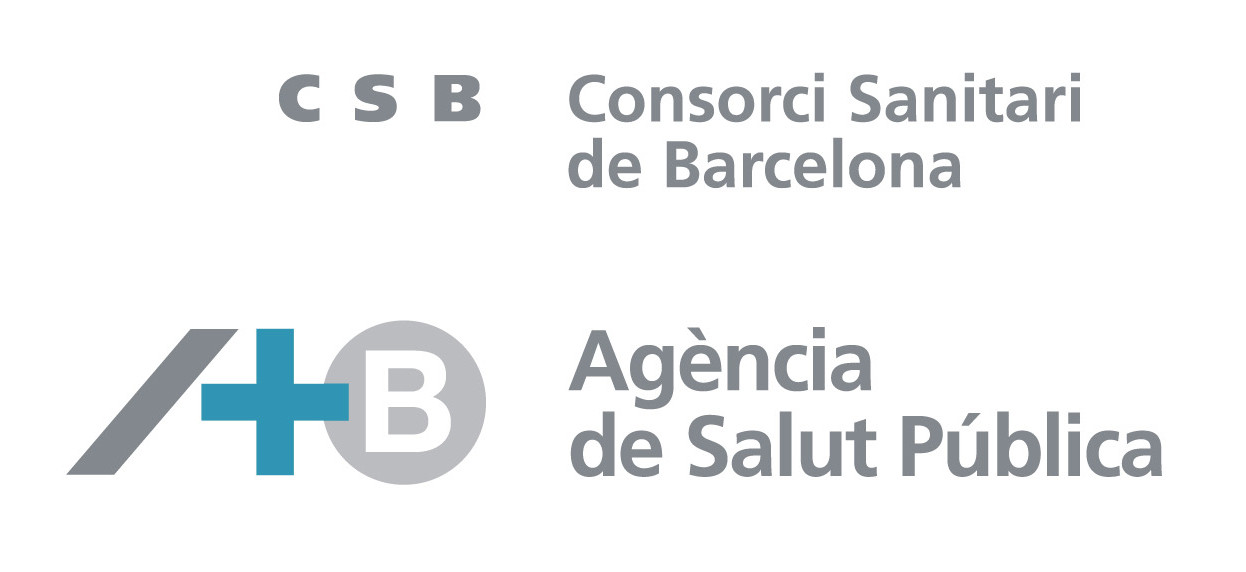708 - ENVIRONMENTAL POLLUTION ON POPULATION EXPOSED TO THE ERUPTION OF TAJOGAITE VOLCANO: ISVOLCAN STUDY
ULPGC, Las Palmas; Universidad de Alcalá, Madrid; HUNSC, Tenerife; GAP, Tenerife.
Background/Objectives: Volcanic eruptions emit gases and particulates that may negatively impact environment human populations. The Tajogaite volcano eruption on La Palma presents an opportunity to investigate the role of volcanic ash as a natural source of heavy metals and other toxic pollutants on affected population. Describe the inorganic contaminant levels in the blood samples of La Palma's general adult population and explore variations based on exposure levels during the eruption.
Methods: The study involved collecting 393 whole blood samples from the western residents of La Palma as part of the ISVOLCAN cohort. The analysis focused on 43 inorganic pollutants, including 20 elements identified by the Agency for Toxic Substances and Disease Registry due to their toxicity and exposure frequency. Sample preparation required high-purity nitric acid and ultra-pure water digestion, followed by Inductively Coupled Plasma Mass Spectrometry (ICP-MS) analysis.
Results: When comparing volcanic exposure based on residential distance, it was observed that individuals living within 6.5 km of the volcano had slightly higher median concentrations of Al (p = 0.034) and Ti (p = 0.032). In contrast those residing beyond 6.5 km exhibited elevated levels of Se and Sn, with median concentrations of 111.5 ng/mL (p = 0.031) and 5.9 ng/mL (p = 0.008), respectively. Participants involved in cleaning volcanic ash showed increased levels of inorganic elements, particularly for Ni compared to non-cleaners (3.9 vs. 2.1 ng/mL; p = 0.031). Furthermore, daily cleaning activities were associated with marginally higher levels of certain trace elements. For example, daily cleaners recorded a median Cu level of 874.3 ng/mL and a Cs level of 1.8 ng/mL. Conversely, those cleaning only once a month demonstrated lower concentrations, with Cu at 769.25 ng/mL (p = 0.003) and Cs at 1.5 ng/mL (p = 0.042). Apart of this, extended time spent outdoors, long-term occupational exposure, and smoking were associated with elevated levels of inorganic elements.
Conclusions/Recommendations: This biomonitoring study is the first to analyze inorganic contaminants in blood samples from individuals exposed to volcanic eruption, significantly contributing to environmental and human health research. Further research is essential to understand the long-term health implications.
Funding: FIISC. ISCIII.















